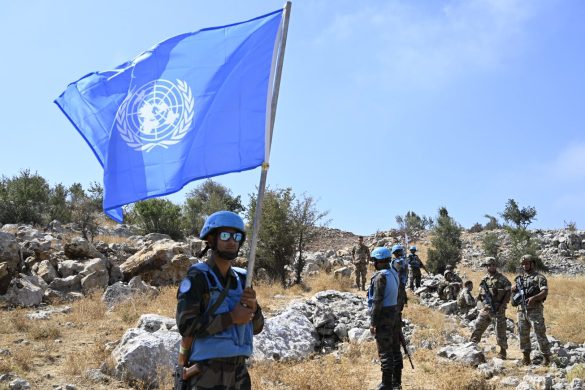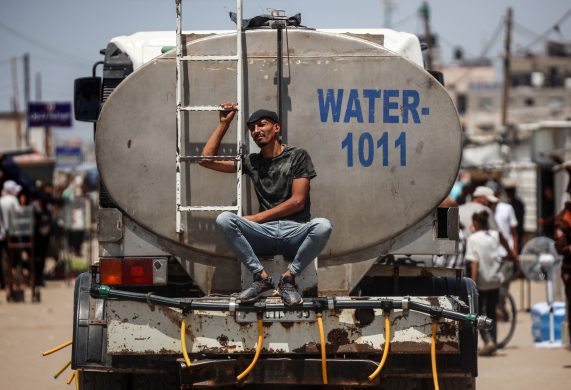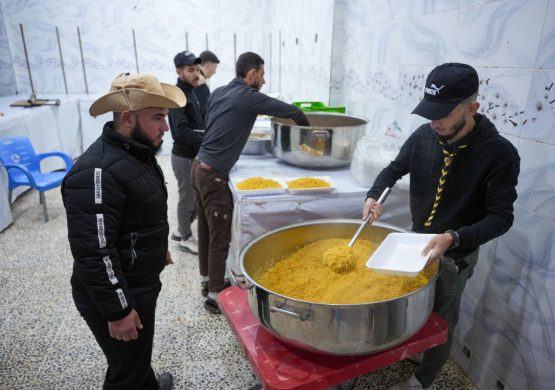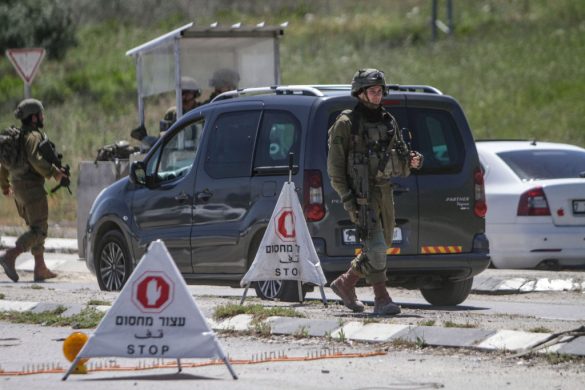Spørgsmålet er bare hvor længe, for indvandrere og flygtninge finder erfaringsvis altid en udvej, men lige nu er menneskestrømmen fra Tyrkiet til Grækenland svundet ind til næsten ingenting i et land, hvor indvandrerfjendske kræfter er i offensiven.
ORESTIADA, 21 November 2012 (IRIN): Until a few months ago, Greece’s 200 km border with Turkey represented the largest crack in the walls of “Fortress Europe”; it was the point where the majority of undocumented migrants entered the European Union (EU).
Hundreds assembled every night on the banks of the River Evros, which separates the two countries, to be crammed onto small inflatable boats by smugglers and pushed out onto the river.
Reaching the other side meant reaching Europe, and between early 2010 and August 2012, at least 87.000 successfully did so, according to Brigadier Georgios Salamagas, chief of the police directorate of Orestiada, in Greece’s Evros region.
“Since 2010, our area has had a problem with clandestine (hemmelig) migration. The numbers were enormous… We lived here with a continuous humanitarian crisis,” he told IRIN.
Plugging the hole
After making it across the river, the migrants usually presented themselves at the nearest police station. After a cursory (hastig) registration process, most were issued a document giving them 30 days to leave the country, and then were sent on their way.
Many eventually stowed away on boats bound for Italy or paid smugglers to take them to other destinations in Europe.
Those with less luck or fewer resources ended up on the streets of Athens or other Greek cities, where the increasingly popular extreme right-wing group Golden Dawn has successfully scapegoated them (gjort dem til syndebukke) for a multitude of ills, from Greece’s financial crisis to its rising levels of crime.
In early August, under mounting pressure from both the Greek public and the EU, the government launched an operation to plug the holes in the country’s border with Turkey:
An additional 2.000 police were dispatched to patrol the area; a 12 km stretch of fence is nearing completion along one of the most popular crossing points; and any undocumented migrant found near the border faces arrest and detention.
“Each and every one who enters Greek territory is being apprehended (pågrebet),” said Salamagas, noting:
“If they ask for asylum, they remain in detention so we can consider their application. For those who are to be deported, they remain [in detention] for up to six months, and this can be extended for another six months with consent from the district attorney.”
Dramatic effects
The effect of these measures has been dramatic. While 6.000 migrants were detected crossing the border in July, a mere 70 attempted to cross in September.
Greek authorities have pronounced the operation a success, but there are questions about whether such measures are either humane or effective in deterring migrants determined to reach Europe.
“Efforts to seal the borders at Evros are worrying because it means that genuine refugees also cannot cross,” commented Ketty Kahayioylou , the UN Refugee Agency’s (UNHCR) spokesperson in Greece, adding:
“Walls and other deterrents do not stop people from coming. They just find other routes – more dangerous routes.”
There is already evidence that migrants and their smugglers have simply adapted, reverting to the sea route between the Turkish coast and Greece’s eastern Aegean islands favoured before 2010.
Salamagas admits that it is quite probable migrants will switch back to the land border as soon as the operation in Evros ends, as they did when a previous three-month joint operation between Greek police and European border agency Frontex ended in February 2011.
The current operation has just been extended for a further two months but is unlikely to continue indefinitely.
Detention conditions
Læs videre på
http://www.irinnews.org/Report/96769/In-Depth-On-the-frontlines-of-Fortress-Europe














